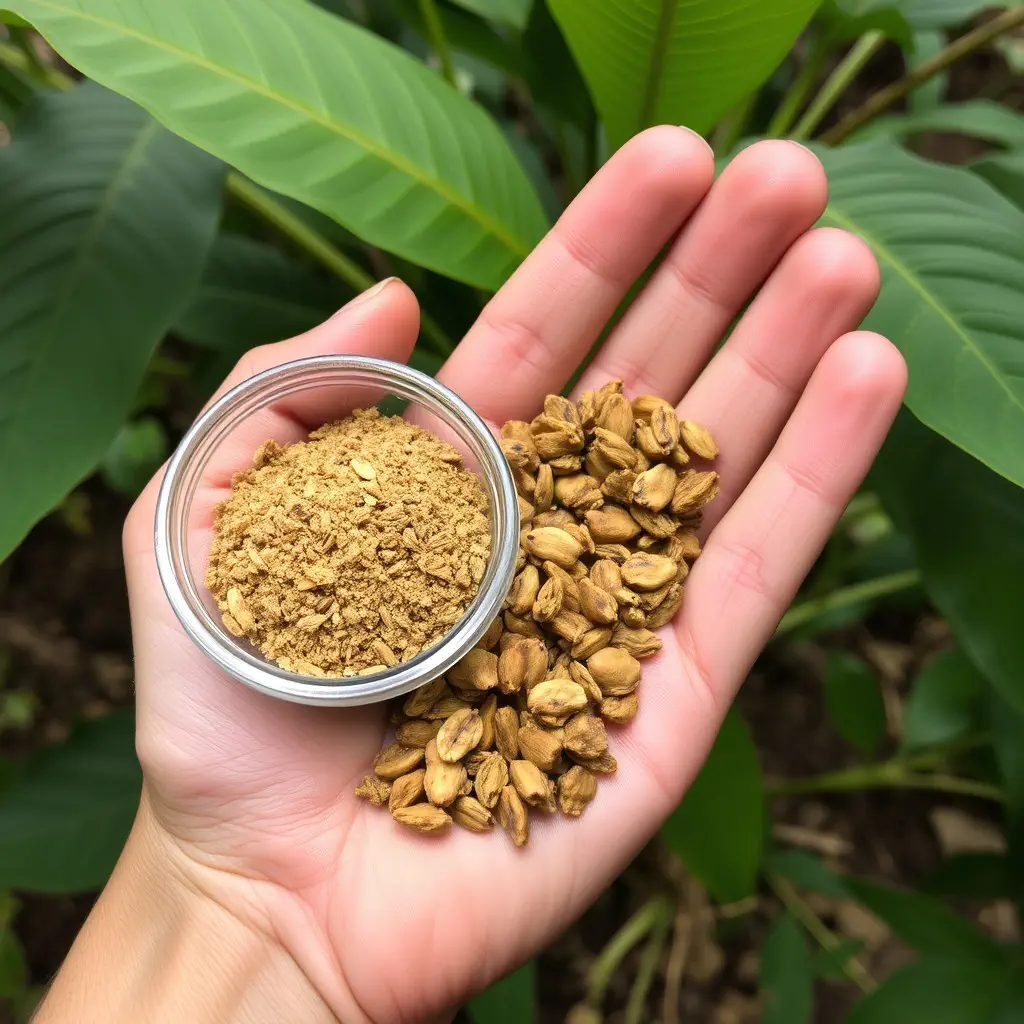Kratom, derived from Mitragyna speciosa leaves, offers a natural solution for addiction treatment with its unique alkaloids mitragynine and 7-hydroxymitragynine. The duration of kratom's effects, typically 4-8 hours (up to a day), mitigates cravings and withdrawal symptoms during early recovery. Regular use can lead to tolerance, requiring higher doses. Mindful and consistent use is key to reaping its therapeutic advantages in addiction recovery, particularly regarding the question: "how long do the effects of kratom last?"
Kratom, derived from the tropical plant Mitragyna speciosa, has gained attention as a potential aid in addiction treatment and recovery. This natural substance interacts with opioid receptors in the brain, offering promising results in managing withdrawal symptoms and cravings. The article explores how kratom’s mechanism of action can contribute to successful addiction treatment. We delve into current research highlighting its benefits and examine the duration of kratom’s effects on recovery, providing valuable insights for those seeking alternative healing paths.
- Understanding Kratom and Its Mechanism of Action
- The Role of Kratom in Addiction Treatment: Evidence and Benefits
- How Long Do the Effects of Kratom Last for Addiction Recovery?
Understanding Kratom and Its Mechanism of Action
Kratom, derived from the leaves of the tropical tree Mitragyna speciosa, has gained attention as a potential tool for addiction treatment and recovery. Its effects on the brain and body are attributed to its unique chemical composition, including various alkaloids like mitragynine, 7-hydroxymitragynine, and 2′-O-methylmitragynine. These compounds interact with opioid receptors in the brain, providing pain relief and creating a sense of well-being.
The duration of kratom’s effects varies depending on several factors, including the dosage, strain, and individual metabolism. On average, the initial euphoric and energizing effects can last for 2-3 hours, while its analgesic properties may persist for up to 6-8 hours. Longer-lasting strains are known to offer sustained effects, making it a potential aid in managing withdrawal symptoms and cravings over extended periods. Understanding how kratom interacts with the body’s natural systems is crucial in optimizing its therapeutic benefits and ensuring safe use.
The Role of Kratom in Addiction Treatment: Evidence and Benefits
Kratom has emerged as a potential natural solution for addiction treatment, offering a unique approach to managing withdrawal symptoms and cravings. Scientific evidence suggests that kratom’s active compounds interact with opioid receptors in the brain, providing analgesic effects similar to opioids but with less potential for abuse and dependence. This interaction can help alleviate physical dependence on substances like prescription painkillers or heroin.
The duration of kratom’s effects plays a significant role in its therapeutic potential. While the effects of kratom can last anywhere from 4 to 6 hours, some users report feeling the benefits for longer periods, up to 12 hours or more. This longevity allows individuals in recovery to gain control over their cravings and withdrawal symptoms during the initial stages of healing. By mitigating intense urges, kratom can facilitate a smoother transition towards long-term addiction recovery.
How Long Do the Effects of Kratom Last for Addiction Recovery?
Kratom’s effects can vary depending on the individual and the dosage, but typically, the sensation of reduced cravings and withdrawal symptoms lasts for several hours. Studies suggest that kratom’s active compounds, mitragynine and 7-hydroxymitragynine, can interact with opioid receptors in the brain, providing relief from addiction-related discomfort. This interaction offers a potential explanation for why users report feeling calmer and less prone to drug-seeking behaviors after consuming kratom.
The duration of these effects is often cited as being between 4 to 8 hours, but some users claim it can provide up to a day of relief from cravings and withdrawal. Regular use may also lead to tolerance, which means higher doses are needed to achieve the same effect, potentially altering the length and intensity of its benefits. As with any substance, consistent and mindful use is key to reaping its potential therapeutic advantages for addiction recovery.
Kratom has emerged as a potential tool in addiction recovery, offering both physical and psychological benefits. Understanding its mechanism of action and its role in treatment is crucial for those seeking alternative solutions. Research suggests that kratom’s effects can last for extended periods, providing much-needed relief and support during the recovery journey. However, it’s essential to approach kratom as part of a comprehensive treatment plan, combining it with therapy and other complementary methods to ensure long-term success in addiction recovery.






